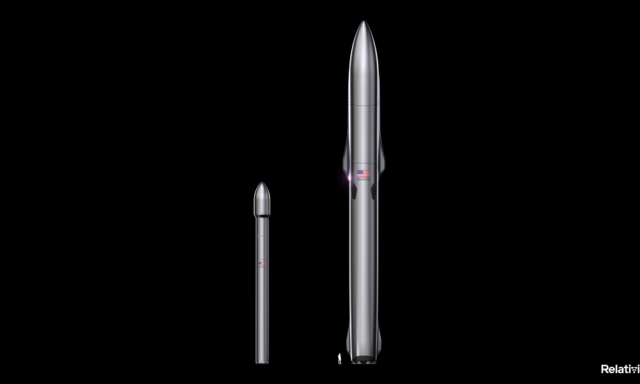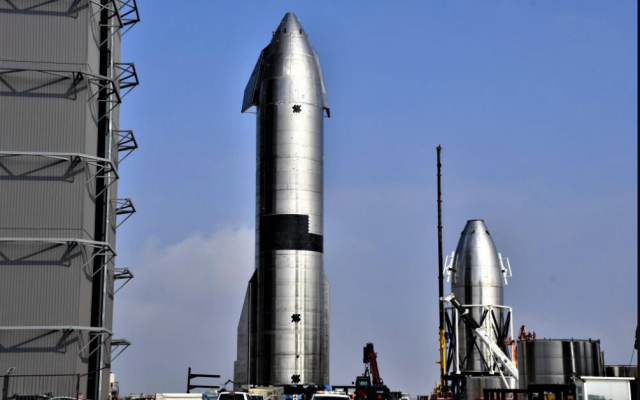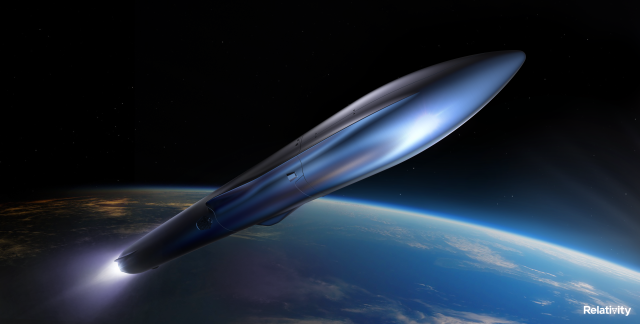The American company Relativity Space presented the project of the reusable space system Terran R. It can be called a smaller version of SpaceX's Starship.
The potentially revolutionary Starship system is not giving rest to rocket scientists who are afraid to be on the margins of technological progress. The answer to Elon Musk was presented by the American Relativity Space, which showed the concept of the fully reusable space system Terran R.
This project is a real storehouse of innovation. According to the company's senior vice president, Zach Dunn, the rocket will be fully reusable and 3D-printed. It may be of particular interest in connection with the growing demands in the industry for the creation of large satellite groupings.
The two-stage Terran R rocket will have a height of 65.8 meters and a diameter of 4.9 meters. The Terran R will be able to deliver more than 20 tons to low Earth orbit in a reusable configuration.
The first stage of the carrier will be equipped with seven Aeon R engines, and the second will receive one Aeon Vac engine. They are based on the previously developed Aeon 1 engine, which is designed for the Terran 1-the first rocket from Relativity Space.

Terran 1 (left) and Terran R
Image source: nasaspaceflight
The Terran 1 is a relatively simple two-stage single-use carrier, compared to which the new system will be a huge step forward. The first launch of Terran 1 may take place this year.
Relativity Space does not hide the fact that the general concept of Terran R is similar to the one we see in the case of the Starship system mentioned above. At the same time, the return of the first stage will be carried out in the same way as it happens in the case of the Falcon 9 (with landing on a floating platform). The first launch of the Terran R is scheduled for 2024.
Presentation of Terran R / ©nasaspaceflight While others are only planning, SpaceX is actively conducting tests. On May 5, Elon Musk's company successfully completed high-altitude tests of the Starship technology demonstrator for the first time. The Starship SN15 was able not only to climb to a given height, but also successfully landed.
In addition to the" jumps", SpaceX is working on other important elements of the program. We are talking, in particular, about a floating spaceport for Starship, which should be ready in 2022.

Strahip SN15 on takeoff
Image Source: SpaceX
In April, it became known that NASA had chosen the SpaceX project, based on Starship technologies, to land astronauts on the lunar surface. Subsequently, Musk's competitors challenged this decision.


